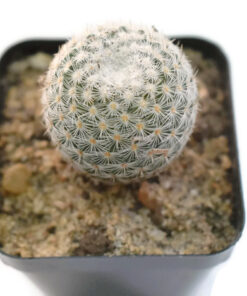Cactus Plant Mix Care in Indian Weather
| Number of plants | 5 |
|---|---|
| Growing month | Feb to Oct |
| Temperature | above 30C |
| Sun | Under white shade net |
| blooming | spring |
Cactus Plant Mix Indian weather is good for cactus plants since they require less water, are resilient, and maintenance-free. Cacti indoors or outdoors will thrive with some care.
Choosing the Best Cactus
There are various types of cacti, from indoor small cacti like Bunny Ear Cactus and Jade Plant to outdoor giant cacti like Prickly Pear and Barrel Cactus. Choose one that will grow well in your zone and climate.
Cactus Plant Mix Sunlight Requirements
Sun love is the best for cacti. Outdoors in sunny hot weather in India, cacti will love full sun. When grown indoors as a house plant, place near a sunny window. Shade sun when sun becomes too hot during summer months so that they don’t sunburn.
Soil and Pot Selection
Cacti require good drainage to avoid root rot. Use cactus mix or create your own using sand, garden soil, and compost. Plant in a pot with holes for drainage of excess water.
Cactus Plant Mix Watering Needs
Cacti store water in the stems, therefore, don’t need frequent watering. Water 7-10 days per week once every summer. Water once every 2-3 weeks in the winter. Let the soil completely dry out each time before rewatering.
Fertilizing Your Cactus
Dilute liquid plant fertilizer once monthly while the plant is growing (summer and spring). Never fertilize too much because this will weaken the plant.
Cactus Plant Mix Temperature and Humidity
Cacti should be grown between 15-35°C temperatures. Cacti are frost-hardy and should be shielded from frost. For tropical growth, provide air circulation around the plant so as not to cause fungal infection.
Pest and Disease Control
Cacti are quite pest-resistant but infested occasionally with spider mites or mealybugs. Use fungicide and pesticide during repot.
Cactus Plant Mix Repotting and Propagation
Slow-growing cacti will eventually have outgrown their pots at some point. Repot cactus every 2-3 year. Cacti can also be propagated from a cutting or an offset and dry out the cut end for a few days before potting in dry soil.
| Ideal location | Partial Sun |
|---|---|
| Hybrid or Open Pollinated | Op |
| Origin Country | India |
| Color | Green |
Be the first to review “Cactus Plant Mix pack of 5 bare rooted shipping” Cancel reply
You must be logged in to post a review.


















Reviews
There are no reviews yet.